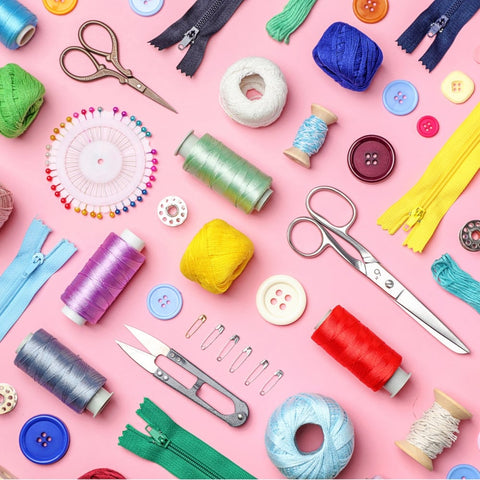Fashion is more than just what we wear; it's a statement, a reflection of our personalities, and a way to express ourselves. However, the fashion industry's impact on the environment and communities can't be ignored. From water pollution to unethical labor practices, traditional fashion has taken a toll. But fear not! There's a growing movement towards sustainable fashion, and you can be a part of it. In this guide, we'll explore how you can contribute to sustainable fashion without sacrificing style or breaking the bank.
Understanding Sustainable Fashion
Before diving into action, it's essential to understand what sustainable fashion means. Sustainable fashion focuses on reducing the environmental and social impacts of clothing production and consumption. This includes using eco-friendly materials, implementing ethical labor practices, and promoting fair trade.

Shop Mindfully
One of the easiest ways to contribute to sustainable fashion is by being mindful of your purchases. Before buying new clothes, ask yourself: Do I really need this? Can I find a similar item second-hand? Choosing quality over quantity and investing in timeless pieces can reduce the demand for fast fashion and its harmful practices.
Opt for Eco-Friendly Fabrics
When shopping for clothes, look for garments made from eco-friendly materials such as organic cotton, hemp, bamboo, or Tencel. These fabrics are produced using fewer chemicals, pesticides, and water compared to conventional materials like polyester or nylon. Not only are they better for the environment, but they also tend to be more durable and comfortable.
Support Sustainable Brands
Supporting brands that prioritize sustainability is another way to contribute to the cause. Look for certifications like Fair Trade, GOTS (Global Organic Textile Standard), or OEKO-TEX® Standard 100, which ensure ethical and environmentally friendly practices throughout the supply chain. Many brands are now transparent about their production processes, making it easier for consumers to make informed choices.

Second-Hand Shopping
One person's trash is another person's treasure! Embrace the thrill of thrift shopping and explore second-hand stores, vintage shops, and online marketplaces for unique finds. Not only is second-hand shopping budget-friendly, but it also reduces waste by giving pre-loved items a new life. You never know what hidden gems you might uncover!
DIY and Upcycling
Get creative and breathe new life into old clothes through DIY projects and upcycling. Whether it's turning an old pair of jeans into stylish shorts or adding embellishments to a plain shirt, upcycling allows you to express your creativity while reducing waste. There are countless tutorials and inspiration online to help you get started.
Care for Your Clothes
Properly caring for your clothes can significantly extend their lifespan. Wash them less frequently, use cold water, and air dry whenever possible to conserve energy and prevent unnecessary wear and tear. Invest in a clothing repair kit and learn basic sewing skills to mend minor damages yourself. By taking care of your clothes, you reduce the need for constant replacements and contribute to a more sustainable wardrobe.
Spread Awareness
Spread the word about sustainable fashion and its importance. Share your journey on social media, participate in discussions, and support initiatives that promote sustainability in the fashion industry. Education is key to driving change, and by raising awareness, you inspire others to join the movement.

Tailoring Your Wardrobe
Tailoring is a fantastic way to ensure your clothes fit perfectly, but it's also a sustainable practice. Instead of discarding ill-fitting garments, consider taking them to a tailor for adjustments. Whether it's hemming pants, taking in a dress, or adding darts for a better fit, tailoring extends the life of your clothes and reduces waste. Plus, clothes that fit well are more likely to be worn regularly, maximizing their value and minimizing the need for new purchases. So, next time you find yourself with a piece that doesn't quite fit right, consider the tailor as your fashion fairy godmother, magically transforming your wardrobe while reducing your environmental footprint.
Conclusion
In a world where fast fashion dominates, choosing sustainability is a powerful act. By shopping mindfully, supporting eco-friendly brands, embracing second-hand finds, and getting creative with upcycling, you can make a positive impact on the environment and communities. Remember, every small action counts, and together, we can create a more sustainable future for fashion. So, let's dress to impress while respecting the planet and its people!

1 comment
A concise guide to making a real difference through everyday choices! Contributing to sustainable fashion means supporting ethics, quality, and the planet. Let’s wear our values proudly. Discover more ways to help at https://saveplus.in
SavePlus on